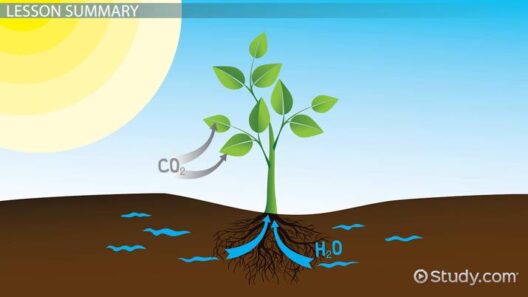In the arena of American environmental policy, the tenures of Presidents Gerald Ford and Jimmy Carter during the 1970s serve as poignant illustrations of leadership amid tumultuous times, characterized by an oil crisis that catalyzed a collective consciousness regarding energy conservation. As the tide of ecological awareness swept across the nation, each president distinguished himself through unique initiatives and ideologies, mirroring the duality of necessity and innovation that marks humanity’s persistent struggle against the inexorable forces of climate change.
The 1973 oil crisis, fundamentally linked to geopolitical tensions, saw skyrocketing energy prices that left Americans grappling with the newfound realities of energy dependency. It was during this crucible that Ford, stepping into the presidency after Nixon’s resignation, grasped the urgent need for a multifaceted approach to energy conservation. Like a skilled navigator charting a course through stormy seas, Ford initiated a range of policies aimed at enhancing national security through energy independence.
His tenure saw the establishment of the Energy Policy Office, which served as a retinal lens focused on the energy landscape of the country. Ford’s initiatives included the implementation of the Emergency Petroleum Allocation Act and the promotion of fuel rationing, while his administration fostered dialogue about alternative fuel sources, prefiguring later discussions about renewable energy. Although controversial, these measures, akin to tightening a belt during times of economic excess, were aimed at reducing consumption and, in turn, paving the way for a more sustainable future.
However, it was President Carter who would more vigorously interlace the threads of environmentalism into the fabric of American society. Ascending to the presidency in 1977, Carter imbued his administration with a heartfelt commitment to energy conservation that echoed with the resonance of a clarion call. He famously donned a cardigan sweater—an emblematic gesture urging citizens to lower their thermostats, promoting the idea that small individual actions could cumulatively yield significant benefits. This metaphor of warmth over waste was not merely a personal choice but an artful declaration that intertwined personal sacrifice with national purpose.
One of Carter’s most significant contributions was the creation of the Department of Energy in 1977, dignifying energy conservation with institutional legitimacy. Through this newly minted department, he championed strategies that integrated economic pragmatism with an ethical imperative to protect the environment. The National Energy Act of 1978, a legislative cornerstone during his administration, delineated a comprehensive roadmap for energy conservation through a combination of tax incentives and regulatory frameworks aimed at fostering efficiency across a myriad of sectors—from transportation to residential energy use.
In retrospect, the Carter administration encapsulated not just the urgency of energy conservation but also an intrinsic belief in collective responsibility. The nation was urged to envision a future where reliance on fossil fuels would wane, much like a butterfly emerging from its chrysalis—a transformation ripe with potential. Carter’s administration sought to cultivate a culture of conservation, reminiscent of a gardener tending to saplings; by nurturing public interest and participation, he aspired to grow a movement rooted in sustainability and progressive energy use.
One notable initiative was the promotion of solar energy, with the installation of solar panels on the White House roof—an act symbolic of a future that embraced renewable resources. The phrase “solar energy” became emblematic of an era seeking innovative solutions and alternatives to dependence on fossil fuels, asserting that the sun, a timeless source of energy, could illuminate the path forward toward sustainability.
However, the advancement of energy policy during these presidencies was not without challenges. The interplay of politics, economic instability, and the general public’s ambivalence toward conservation efforts sowed seeds of discord. Ford and Carter, despite their differences in approach, grappled with a populace often resistant to change, caught in the undertow of convenience over conservation. The complexity of American dependence on cheap energy underpinned much of the discourse, shifting focus between immediate gratification and long-term sustainability. Like a pendulum, the national sentiment swung between hopeful engagement and palpable resistance.
Ultimately, the lessons extracted from the Ford and Carter eras underscore a multifaceted understanding of energy conservation. The interplay of legislation, public sentiment, and economic factors illustrates that the quest for sustainability is a multifactorial endeavor, requiring not just policy but also a cultural shift. Their push for energy conservation laid the groundwork for future administrations to engage meaningfully with the environmental crises that loom larger today.
In conclusion, while energy conservation strategies initiated by Presidents Ford and Carter were born of necessity, their legacies exemplify a broader narrative of environmental stewardship in America. Through pragmatic initiatives and a collective call to action, they provided a framework that anchors contemporary discussions on sustainability. As the dialogue surrounding climate change proliferates, the pivotal moments marked by these two administrations serve as a touchstone for understanding the evolution of environmental policy and the enduring challenge of fostering a culture rooted in conservation—a journey that continues to unfold with each passing day.







